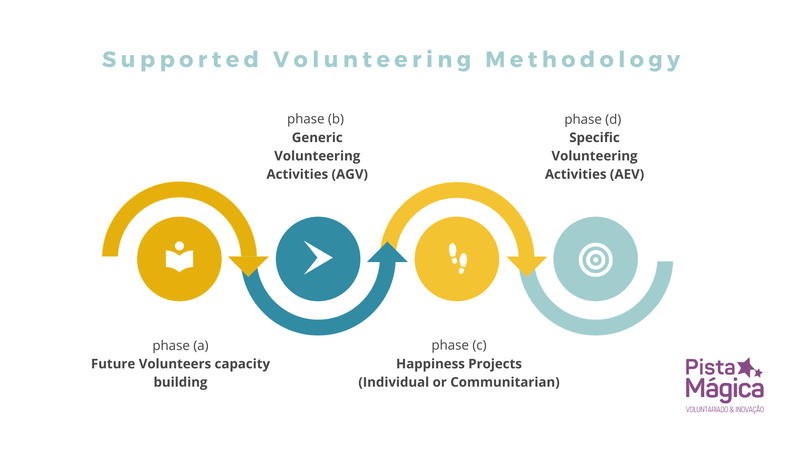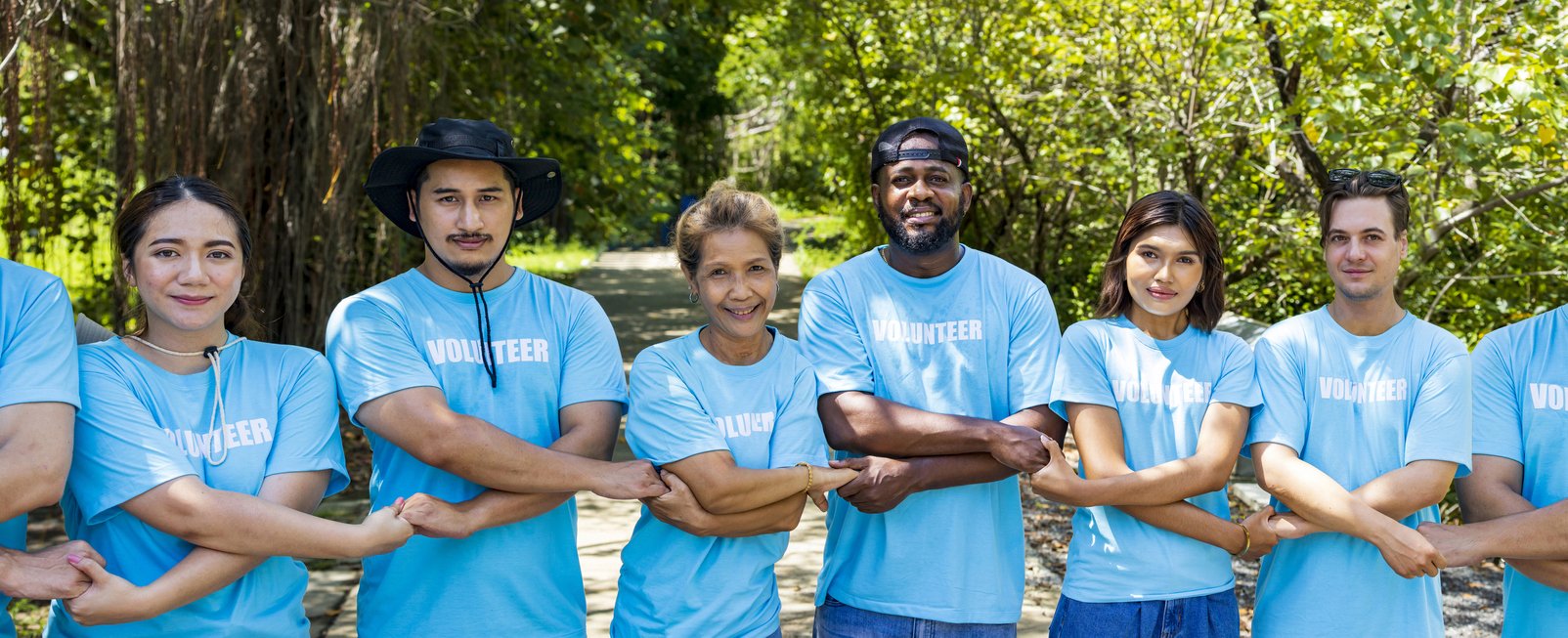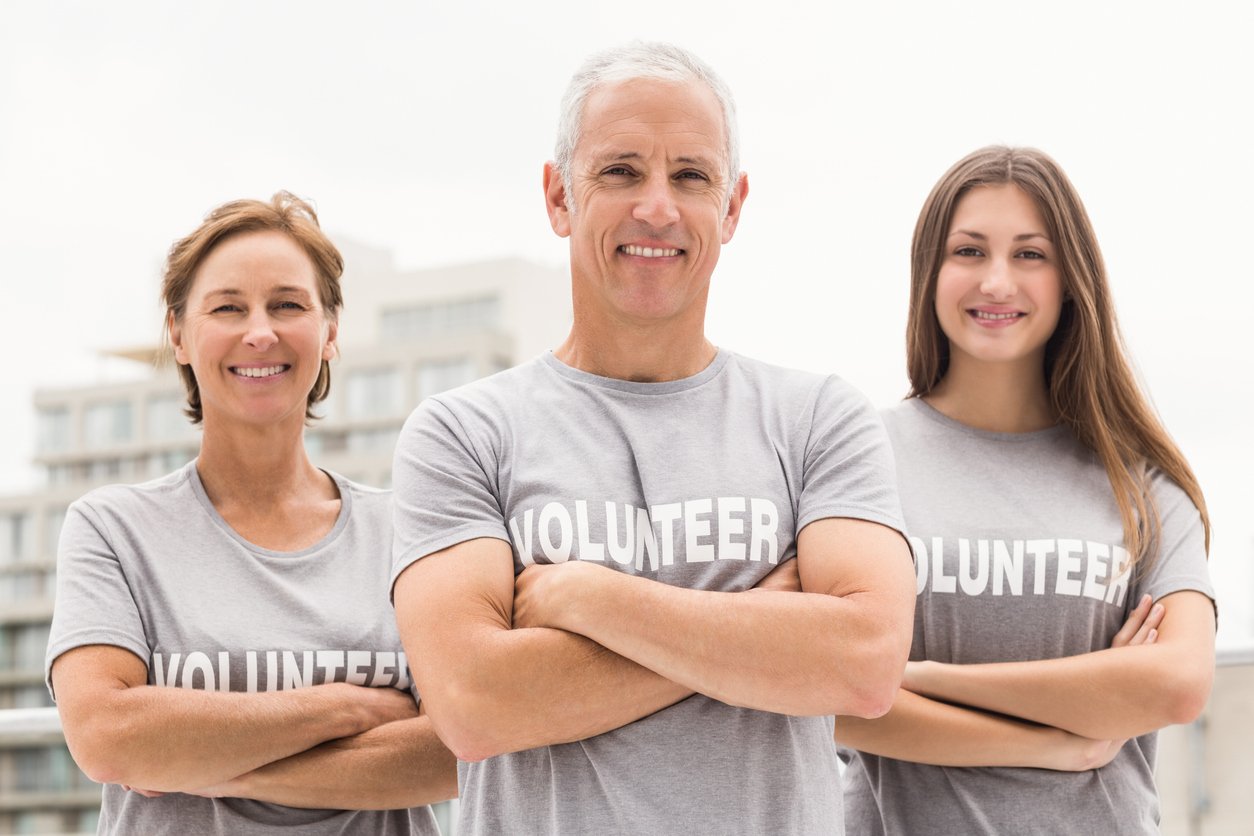Volunteering is a sublime expression of solidarity. It is the manifestation of a reciprocal relationship whose purpose is the common good. We offer our time and our skills in the hope that it will have a positive impact on the problem identified in our community or in the world. In return, we feel joy when we realise the impact of our action. People who volunteer are happier, as several academic studies in various parts of the world have shown. Among other findings, it is also known that people who volunteer have a higher quality of life and even a longer average life expectancy.
If this is the case, why are people in vulnerable situations still being prevented from volunteering? If volunteering has this potential to contribute to a healthier physical and psychological life, why is it blocked to those who could benefit from it the most?
I know some of the answers, because I was once its messenger. For example, I used to argue that those in vulnerable situations should first look after themselves and then look after others. I felt very secure in this argument, clearly influenced by Maslow's Pyramid.

Figure 1 - Maslow Pyramid created by Abraham Maslow (1908-1970)
In various lectures, I proclaimed: "Volunteering is not therapy. That's why I don't understand why so many candidates at volunteer interviews say that they were encouraged to volunteer by their psychiatrists and psychologists. Because it can be more damaging for those who do Volunteering if they are not in good health, either physically or mentally, and it can also jeopardise the beneficiaries of the voluntary action."
What changed my mind? The evidence of my work in the field. When I was implementing the maternal and child health project "A Casa das Mães"(1) in East Timor with Médicos do Mundo 20 years ago, experienced nurse Fátima Mendes(2) (better known as Mamã Fátima) decided to set up a Volunteering programme in isolated villages to mobilise volunteers on motorbikes to call an ambulance when pregnant women went into labour (there was no access to telephones). The trust and respect I had for her outweighed my scepticism. The results "shattered" those certainties. Because in this case, the people volunteering were vulnerable.
That's why at Pista Mágica we created the Supported Volunteering Methodology (MVA). This expression was inspired by the existing "Supported Employment", in order to make the purpose of this methodology clearer, which is for people in vulnerable situations to volunteer with constant support until they become autonomous (where possible). It has 4 phases:

Figure 2 - Phases of the Supported Volunteering Methodology (MVA), Pista Mágica - Associação
In Supported Volunteering there is personalised support for the volunteer, taking into account the challenges they face due to their vulnerable situation, so that they can reach their full potential. Each person has a unique set of talents that they can put at the service of the community. In this methodology, volunteer programmes are created to suit the group we are serving, which has the same type of vulnerability.
Several organisations spontaneously include people in vulnerable situations as volunteers in their volunteer programmes. When highly motivated people with the aptitude to do so decide to make that extra effort. We went in search of these examples, which inspired us greatly and gave us clues. However, we didn't find a method, either in our country or abroad. The question we raised was: "What if we created a methodology, tested it and scaled it up so that it would have a widespread impact?".
The methodology was and is being tested by groups of beneficiaries through 3 projects, soon 4:
- with young people at risk in Gondomar and Porto (2022),
- with people with mild to moderate disabilities in Vila Nova de Gaia (2022-23),
- with people with depression and anxiety being implemented in Valongo (in operation) and
- with senior citizens soon.
The results already in the prototyping phase have been very good, which has allowed us to expand to more audiences and scale up.
MVA is a consolidated action matrix, but one that can be adjusted to each group of beneficiaries. This has been possible because with each new project we realise the specificities of each group. With young people at risk there are some, with seniors there are others.
In social innovation initiatives we apply the maxim of thinking "outside the box", going beyond the narratives that are "calcified" in our minds, which in this case is Maslow's Pyramid. Our team played an active and creative role in co-constructing and adapting elements of the methodology throughout the process of testing and consolidating it.
But change isn't just about us! It involves many players, including funders and social investors, organisations that host volunteers, partners who identify and support groups of beneficiaries, and volunteers.
Volunteering is just that: a concerted effort by many agents of change with the same purpose: a better world in which everyone participates!
___
(1) This project aimed to reduce the high maternal and child morbidity in East Timor because at-risk pregnant women were not assisted during labour.
(2) This is a simple way of honouring the departed Fátima Mendes. With nostalgia, I remember all her commitment to the missions she took on, both personal and in humanitarian aid - in Portugal and in other countries, such as Angola, where she was an emergency nurse during the colonial war, and East Timor (in 2000 and 2004/5).



